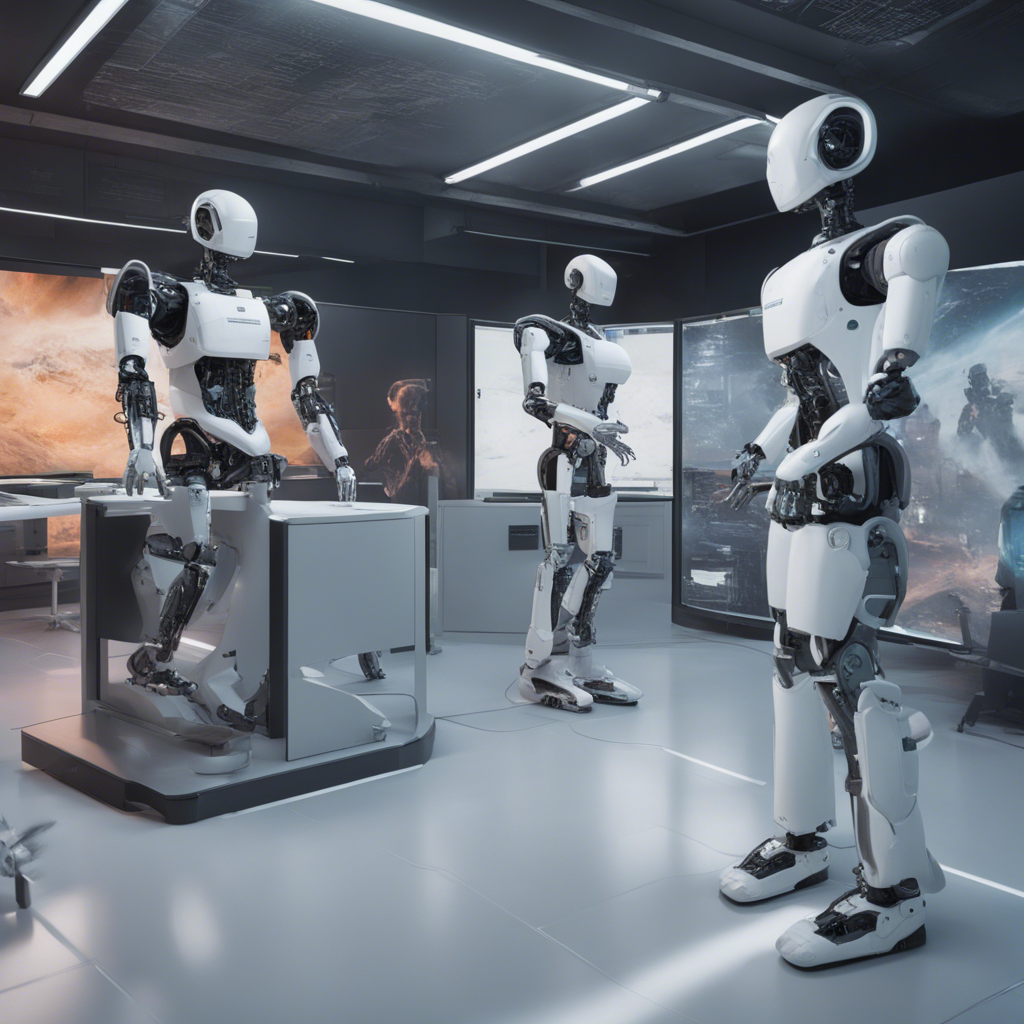
Self-Driving Cars: Understanding the Role of AI
Self-driving cars, also known as autonomous vehicles, have been a hot topic of discussion in recent years. With the rapid advancements in technology, the possibility of fully autonomous vehicles on our roads is becoming a reality. But how do self-driving cars work, and what is the role of artificial intelligence (AI) in this transformative technology? In this blog post, we will dive deep into the workings of self-driving cars and explore the crucial role that AI plays in their development and operation.
1. Introduction to Self-Driving Cars
Self-driving cars are vehicles capable of traveling from one point to another without human intervention. These vehicles leverage a combination of sensors, mapping systems, and complex algorithms to navigate through different terrains and traffic scenarios. The ultimate goal is to improve road safety, reduce traffic congestion, and provide a more efficient and convenient transportation experience.
2. The Role of Sensors in Self-Driving Cars
One of the key components of self-driving cars is the array of sensors used to gather data about the car’s surroundings. These sensors include:
- LiDAR: Light Detection and Ranging sensors use laser light to measure distances and create high-resolution 3D maps of the surrounding environment.
- Radar: Radar sensors use radio waves to detect objects and determine their distance and speed.
- Cameras: Cameras capture visual information, allowing the car’s AI system to interpret road signs, traffic lights, and objects in the environment.
- Ultrasonic sensors: Ultrasonic sensors use sound waves to detect nearby objects and measure their distances.
By combining data from these different sensors, self-driving cars can perceive their environment in real-time, enabling them to make informed decisions while on the road.
3. Mapping and Localization
To navigate from one location to another, self-driving cars require accurate mapping and localization systems. These systems use precise maps of the environment, including road networks, traffic signs, and landmarks. AI algorithms compare the sensor data collected by the vehicle with pre-existing maps to determine the car’s exact location.
Aided by GPS technology and other localization techniques, self-driving cars can determine their position within a few centimeters. This information is crucial for path planning and ensuring safe navigation.
4. AI and Decision-Making
The true intelligence behind self-driving cars lies in the AI algorithms responsible for decision-making. These algorithms analyze the real-time sensor data to identify objects (other vehicles, pedestrians, etc.), predict their movements, and make critical driving decisions.
Machine learning and deep neural networks are key components of the AI systems used in autonomous vehicles. These algorithms learn from vast amounts of data to recognize patterns, interpret complex scenes, and behave in a manner that mimics human-like driving skills.
The decision-making process involves analyzing inputs from sensors, understanding traffic laws, predicting the intentions of other road users, and choosing the most appropriate actions for a safe and efficient journey. AI algorithms continuously learn and improve from real-world experiences, making self-driving cars more capable over time.
5. Challenges and Ethical Considerations
While the potential benefits of self-driving cars are immense, there are several challenges and ethical considerations that must be addressed. These include:
- Safety: Ensuring the safety of self-driving cars is paramount. The AI algorithms must be able to handle all possible scenarios, including unforeseen events and extreme weather conditions.
- Cybersecurity: With the increasing connectivity of vehicles, protecting self-driving cars against cyber-attacks is crucial to prevent malicious interference.
- Legal and Regulatory Frameworks: Developing comprehensive legal and regulatory frameworks is essential to govern the use of self-driving cars, addressing liability, data privacy, and ethical dilemmas.
6. Conclusion
Self-driving cars are revolutionizing the transportation industry, and the role of AI cannot be overstated in their development and operation. By combining advanced sensor technologies, mapping systems, and sophisticated AI algorithms, autonomous vehicles offer the promise of safer, more efficient, and environmentally friendly transportation.
As technology continues to evolve and AI systems become even more intelligent, self-driving cars will become a common sight on our roads. However, it is important to address the challenges and ethical considerations associated with this revolutionary technology to ensure a seamless transition into the era of autonomous transportation.
References:






